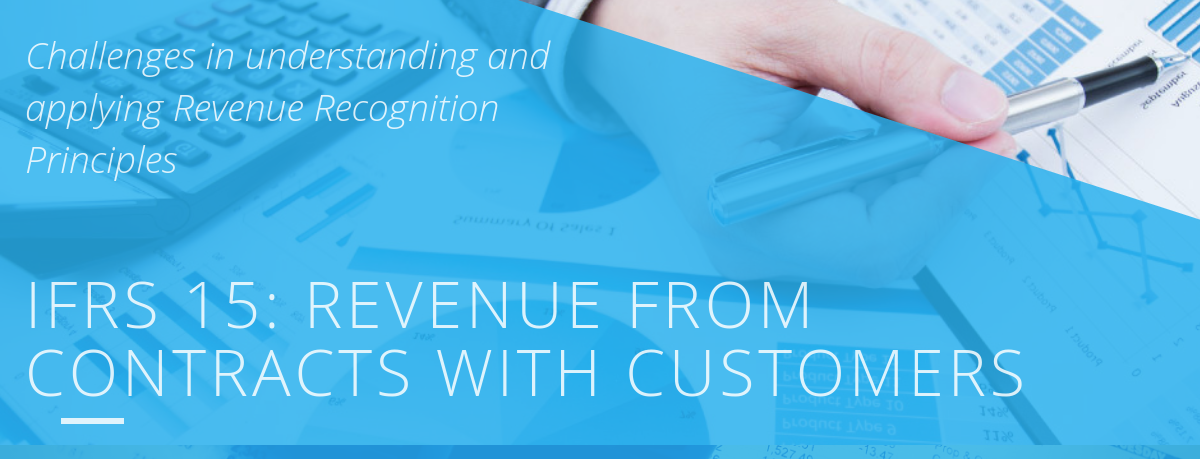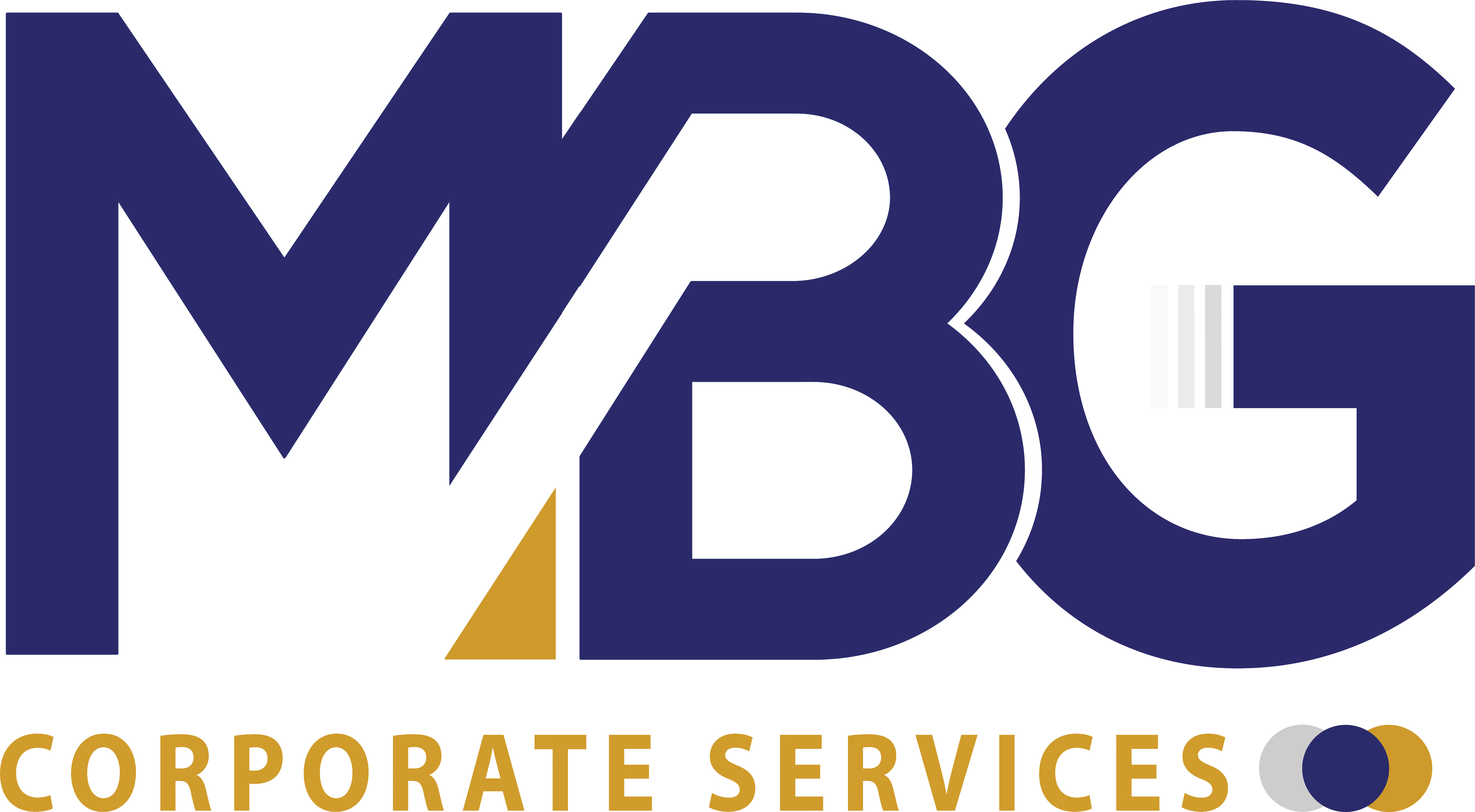IFRS 15: Revenue from Contracts with Customers

Challenges in Understanding and Applying Revenue Recognition Principles
In a time of significant changes to financial reporting, 2018 is shaping up to be the year of revenue as the reinvention of revenue recognition by the IASB first takes effect for reporting during the year ending December 2018. The expected upside of the new standard in the long term is universal revenue recognition principles that enhance the comparability and understandability of financial reporting. The downside of the new standard in the short term will be the process of determining exactly how to apply those principles to a wide range of industries and overcoming inactiveness by companies and the users of their financial statements in adapting to these changes. The requirements in the standard will present complexity for many companies across industries. Examples of some of the challenges are as follows: Identifying performance obligations — Companies must consider the terms of their contracts and all other relevant facts, including the economic substance of a transaction, to make this assessment. Determining when goods or services need to be combined into a single performance obligation, and when they should be accounted for separately, will often require significant judgment. Transaction price — Companies may need to develop methods to calculate or estimate the transaction price, including the impact of discounts, rebates, incentives, performance bonuses, and sales returns and may also need a process to update these estimates at each reporting period. Contract combinations and modifications — The standard may require a company that enters into multiple contracts at or near the same time with the same customer to be accounted for as a single contract when the pricing or economics for those contracts are interdependent. Also, adjustments related to contract modifications may be required. Disclosures — The disclosure requirements under the standard are significant. Additional disclosures include, but are not limited to, disaggregation of revenue, certain information about changes in contract asset and liability balances and contract costs, and information related to the amount of the transaction price allocated to performance obligations not yet satisfied. How to overcome the challenges posed by the new standard- Get an exhaustive review of all revenue contracts
- Understand the impact on financial position and profit & loss statement
- Establish a mechanism for implementing the changes in IT systems and processes
- Understand the new disclosure requirements
Tag: Contract Combination, IASB, IFRS 15, Transaction Price


